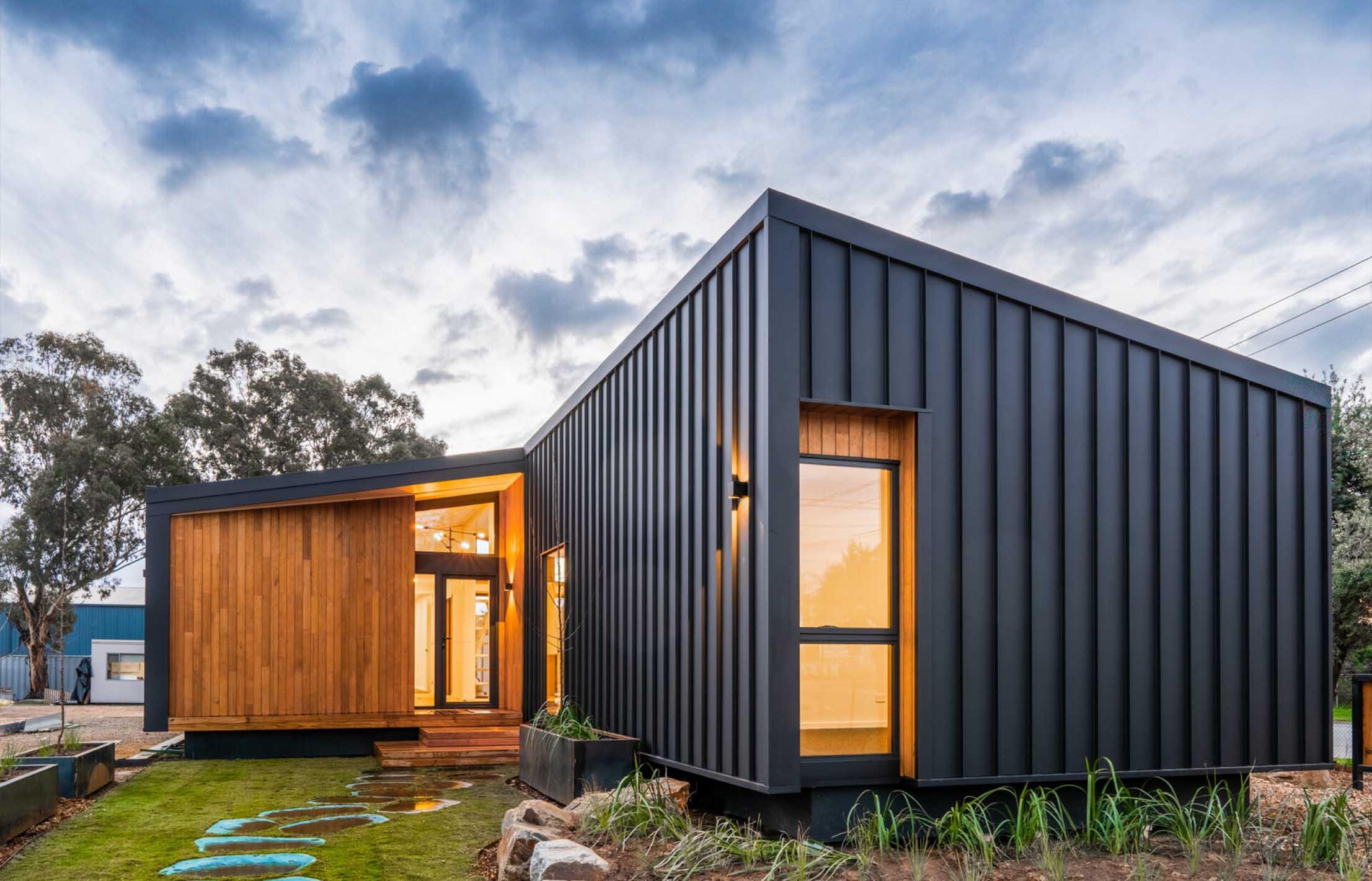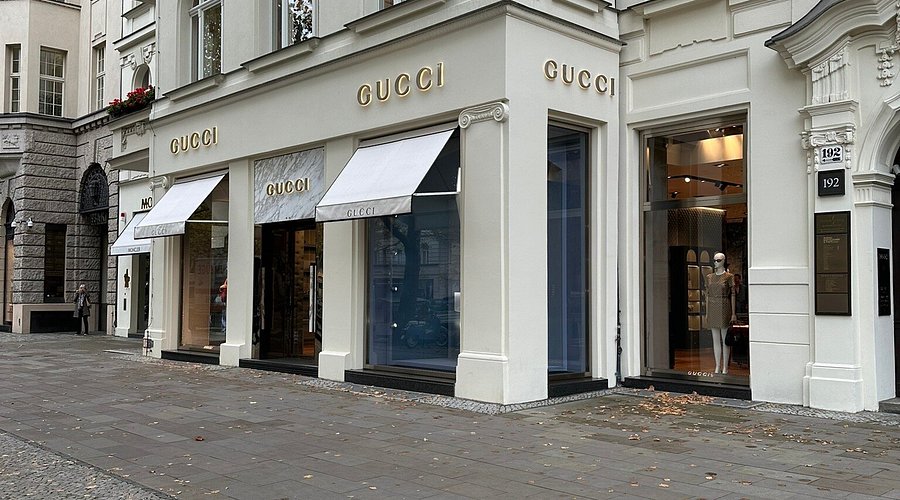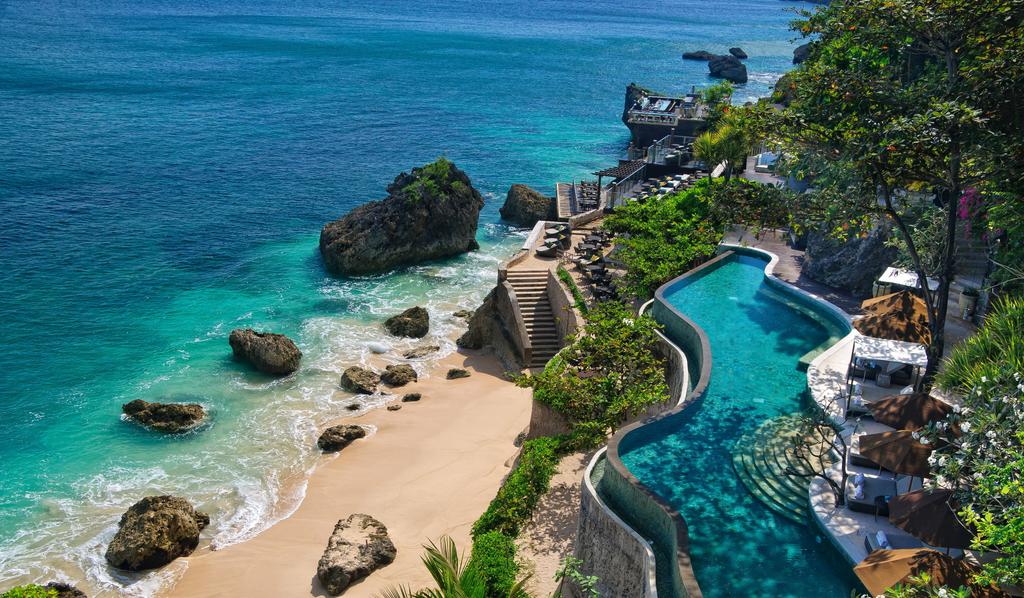Ultra Luxury Real Estate Turns Nomadic with Homes Designed to Relocate
By
John Carter
Last updated:
October 2, 2025
First Published:
October 2, 2025

Photo: He Magazine
The concept of home has always been tied to permanence. For centuries, luxury estates symbolized stability, rooted in iconic locations such as the French Riviera, Beverly Hills, or the Amalfi Coast. Yet a surprising transformation is emerging at the top tier of wealth culture. Ultra luxury real estate is turning nomadic, with homes designed not to stay fixed but to relocate, offering the elite a new way to live freely without losing their accustomed grandeur.
The rise of mobile mansions
Traditional homes, no matter how opulent, bind owners to a single location. For billionaires whose lives stretch across continents, this has become a limitation. Nomadic homes solve that problem. These properties are engineered to be modular and relocatable, blending high design with technological precision. They are residences that adapt to their owner’s ever-changing geography.
A seamless blend of architecture and technology
These new forms of real estate are not temporary structures or utilitarian modules. They are meticulously designed residences with architecture that rivals the most prestigious villas. Advanced engineering allows sections of the home to be dismantled, transported, and reconstructed without losing character or luxury. Technology ensures that energy, security, and connectivity follow seamlessly, no matter the destination.
Mobility as the new status symbol
In the past, wealth was measured by the scale of immovable estates. Today, the power to move without losing refinement has become the new measure of exclusivity. A billionaire who can relocate their villa from a Swiss lakeside to a coastal retreat in Greece embodies a form of freedom that stationary mansions cannot provide.
Redefining the idea of ownership
Nomadic real estate also reshapes what ownership means. Instead of being tied to one location, owners control a flexible asset that carries their personal environment with them. It is not about having multiple homes scattered across the globe but about one perfect home that follows wherever life leads.
Sustainability woven into mobility
The appeal of mobile estates is not only freedom but also sustainability. Many of these homes are designed with renewable energy systems, lightweight modular materials, and minimal environmental impact. For billionaires conscious of image and responsibility, living in a home that respects the environment while offering luxury sends a powerful message.
The social experience of nomadic living
Beyond architecture and design, nomadic estates reshape social experiences. They allow the wealthy to host gatherings in constantly changing backdrops, from desert landscapes to remote coastlines. This flexibility creates an aura of unpredictability and adventure that static estates cannot replicate.
Shifts in luxury real estate markets
The emergence of nomadic homes is already influencing property markets. Land is being purchased not only for permanence but also for temporary placement. Private developers are creating networks of prime plots across global hotspots, enabling owners to seamlessly transport and reinstall their estates in new locations.
The psychology of movement
At its core, the move toward nomadic real estate is about psychology. For the ultra-rich, being untethered represents ultimate freedom. In an age where wealth can buy almost anything, the ability to escape fixed boundaries is the last frontier. Nomadic living embodies both control and release, making it a powerful new identity marker.
The future of mobile luxury
As technology advances, nomadic estates may soon include homes that float across seas, modular palaces that shift by air, and even structures designed for future extraterrestrial relocation. For now, the trend remains exclusive, reserved for those who see luxury not as permanence but as fluidity. What once defined stability is giving way to a lifestyle where movement itself is the truest symbol of wealth.
Subscribe to unlock premium content
Sed at tellus, pharetra lacus, aenean risus non nisl ultricies commodo diam aliquet arcu enim eu leo porttitor habitasse adipiscing porttitor varius ultricies facilisis viverra lacus neque.
A comprehensive guide on Agile development

10 Productivity tools that are worth checking out

Top 7 Must have management tools for productivity

A comprehensive guide on Agile development

10 Productivity tools that are worth checking out

A comprehensive guide on Agile development









